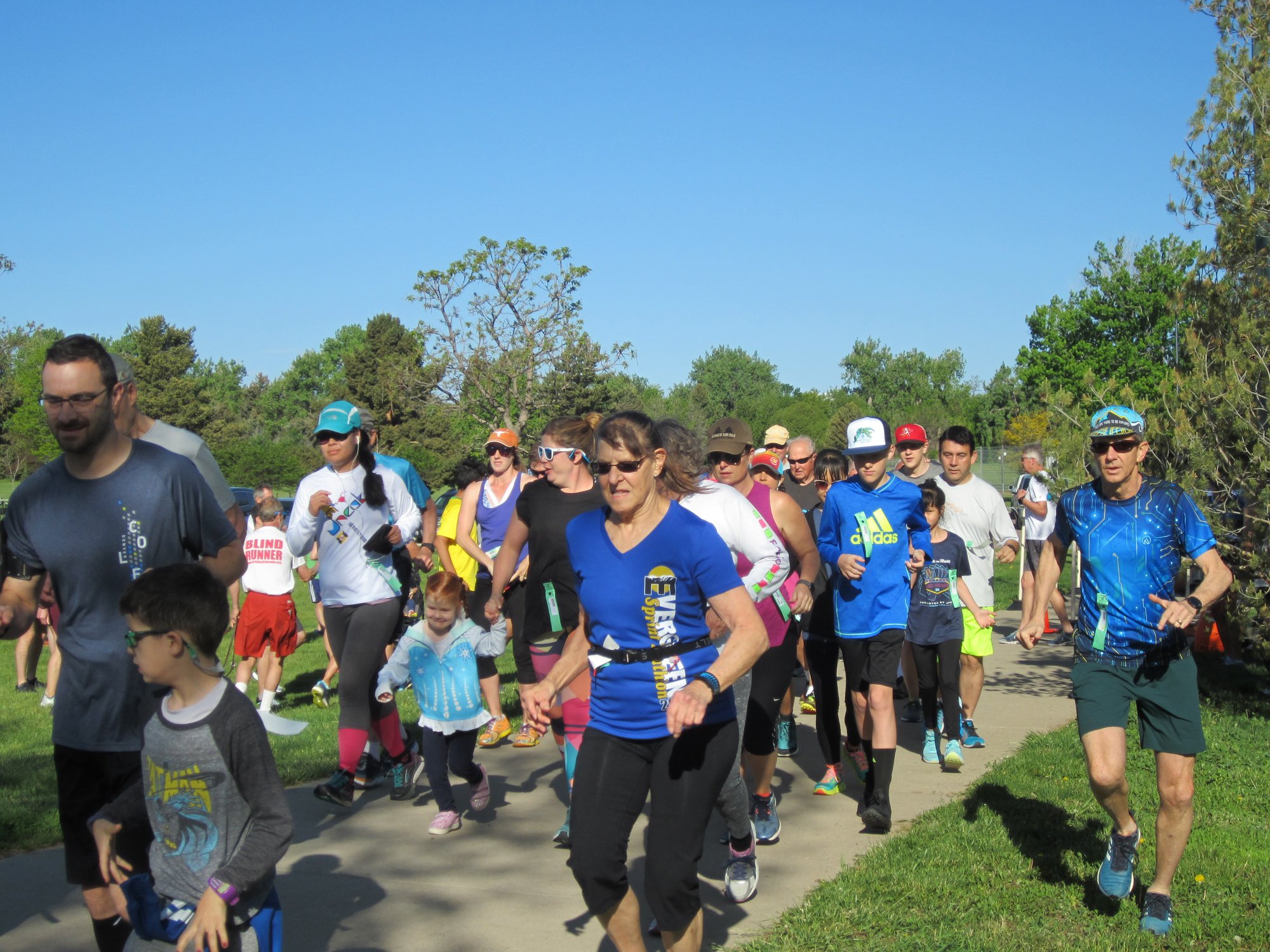Part 3: 1970 – The Year of the Protests about the Vietnam Conflict and High Denver Track Club Dues
1970 was a pivotal year in the history of the Rocky Mountain Road Runners. The year saw both continued growth in club activities and in internal strife concerning the club objectives. Ultimately the club was overcome with the wave of discontent sweeping the country from an increasing number of participants who just wanted to run without having to contend with the rules and regulations intended to govern amateur and national competition. The following is a list of some of the highlights and important events during the year:
In 1970 there were 21 Rocky Mountain Amateur Athletic Union (RMAAU) championship races held in Colorado in which racers could qualify for national AAU championship races.
Due to the continuing “feud” between the AAU and the NCAA, as well as US amateur athletes, some of the 1970 RMAAU track and field championships were removed from the scheduled University of Colorado site. The “feud” was just getting started. Pure amateur athletics outside of the academic community ultimately would come to an end.
Due to the continuing “feud” between the AAU and the NCAA, as well as US amateur athletes, some of the 1970 RMAAU track and field championships were removed from the scheduled University of Colorado site. The “feud” was just getting started. Pure amateur athletics outside of the academic community ultimately would come to an end.
Due to the continuing “feud” between the AAU and the NCAA, as well as US amateur athletes, some of the 1970 RMAAU track and field championships were removed from the scheduled University of Colorado site. The “feud” was just getting started. Pure amateur athletics outside of the academic community ultimately would come to an end.
In November 1970 the DTC and the Colorado TC began meeting to discuss a possible merger of the two clubs. The first two meetings were unproductive in coming to any agreement because of incompatible club “goals and objectives”. The Colorado TC was directed toward supporting track and field meets, while the DTC (also operating under a second sanctioning name of the Rocky Mountain Road Runners) was promoting long distance running, race walking, and handicap racing. Or so they thought. A third meeting was held to see if a compromise could be reached. The meeting turned ugly with name calling and “overt criticism” of club members. However this was all within the DTC, with the Colorado TC sitting idly by probably thinking why would we want to be associated with these guys. The rife involved polarization within the club between groups oriented toward race walking, track and field, and long distance road running. That old ugly issue of financially supporting the elite clubs members at the expense of the majority came to a head, particularly for race walkers. This sounds like what revolutions are made of! That’s exactly what happened. The club basically split apart with some of the club officers resigning and the remaining members organizing under a new direction. By December 1970 the young rebels had gained control of the ship and the newsletter. Oh, the power of the pen! The December newsletter included a copy of a new concept for the club, called THE CONSTITUTION AND BYLAWS to take effect January 1, 1971. This was issued by resolution or proclamation, and not by vote until a year later. The first and part of the second Articles of the New Constitution are quoted below:
Article I Name – Rocky Mt. Road Runners, formerly the Denver Track Club
Article II Purpose – To foster, develop, and perpetuate, for all persons of all ages of both sexes, physical fitness and well being by running for fun and for competition. Two program areas will be sponsored by the RMRR which are: (1) Long distance running, (2) Handicap program. The programs will abide by AAU Rules…..
Other sections of the constitution reduced the annual dues from $10 to $5. Where else have we heard about taxation without consent of the majority leading to a revolution? In reality a majority of the club members remained with the new organization. This was the beginning of the club as it exists today.

